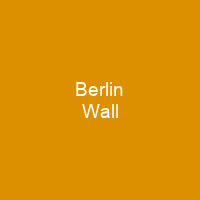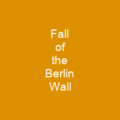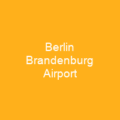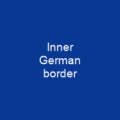The Berlin Wall was a guarded concrete barrier that physically and ideologically divided Berlin from 1961 to 1989. The Wall cut off West Berlin from surrounding East Germany, including East Berlin. The barrier included guard towers placed along large concrete walls, accompanied by a wide area that contained anti-vehicle trenches, beds of nails, and other defenses. Crowds of East Germans crossed and climbed onto the Wall, joined by West Germans on the other side in a celebratory atmosphere.
About Berlin Wall in brief

An estimated death toll ranging from 136 to more than 200 in and around Berlin. After the end of World War II in Europe, what remained of pre-war Germany west of the Oder-Neisse line was divided into four occupation zones, each one controlled by one of the four occupying Allied powers: the United States, the United Kingdom, France and the Soviet Union. The capital of Berlin, as the seat of the Allied Control Council, was similarly subdivided into four sectors despite the city’s location, which was fully within the Soviet zone. Within two years, political divisions increased between the Soviets and the other occupying powers. These included the Soviets’ refusal to agree to reconstruction plans making post- war Germany self-sufficient, and to a detailed accounting of industrial plants, goods and infrastructure—some of which had already been removed by the Soviets. The Soviets together with like-minded East Germans created a new Soviet regime in the Soviet Zone and later the GDR, on a centrally planned socialist model with nationalized police state institutions, similar to the SED party dictatorship of the USSR. At the same time, a parallel regime was established under the strict control of the Western powers in the post-war zones of postwar Germany occupied by them, culminating in the foundation of the Federal Republic of Germany in 1949, which initially claimed to be the sole legitimate power in all of Germany, East and West.
You want to know more about Berlin Wall?
This page is based on the article Berlin Wall published in Wikipedia (as of Dec. 07, 2020) and was automatically summarized using artificial intelligence.







